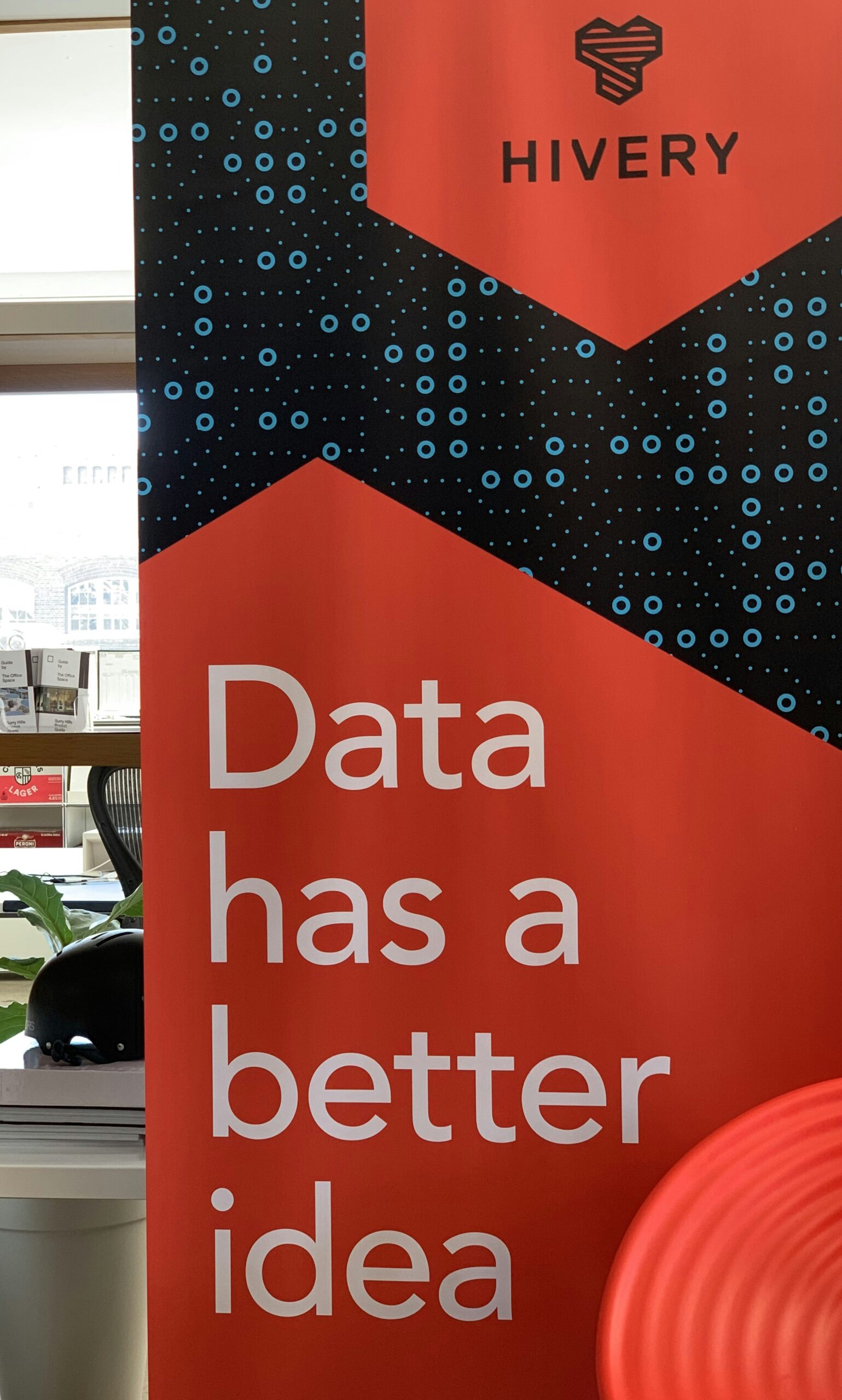
Ask someone what their favorite ad is—and chances are, they won’t describe a discount or a product.
They’ll describe a feeling.
Maybe it made them laugh. Maybe it made them cry.
Maybe it just hit them at the right time, in the right way.
That’s the power of emotional marketing—and it’s one of the most underutilized tools in the branding world today.
If you want your message to resonate, spread, and convert, lead with emotion.
Promotion can come later.
🧠 The Psychology: Why Emotions Drive Decisions
We like to think we’re logical buyers.
But study after study shows we’re not.
People make buying decisions based on how they feel—then use logic to justify them.
In fact, research from Harvard shows 95% of purchasing decisions happen subconsciously, driven by emotion.
So if your brand:
- Feels safe
- Feels inspiring
- Feels relatable
- Feels bold
…you’re already halfway to the sale.
💡 Emotions That Work in Marketing (and Why)
Not all emotions work the same way. The most effective campaigns tap into one or more of the following:
❤️ Trust
Builds long-term brand loyalty. Often created through transparency, community, and real stories.
Great for: insurance, finance, health, and local service brands.
🎉 Joy
Instantly boosts shareability. Think surprises, humor, wins, or delight.
Great for: food, fashion, consumer tech, and lifestyle brands.
😢 Nostalgia
Triggers deep emotional connection. Often used to remind people of “simpler times” or powerful past moments.
Great for: legacy brands, entertainment, or family products.
🚀 Empowerment
Inspires action and identity. Used by brands to tell the customer, “You’ve got this.”
Great for: fitness, education, entrepreneurship, or mission-driven startups.
😡 Frustration or Injustice
When used carefully, can mobilize movements. Creates contrast between the problem and your solution.
Great for: activism, challenger brands, or cause-based organizations.
🔁 How to Use Emotional Marketing in Your Strategy
You don’t need a million-dollar budget. Just a willingness to tell the right story the right way.
1.
Choose a Core Emotion to Anchor Your Campaign
Before writing, designing, or filming anything—ask:
“What should someone feel after this?”
That emotion becomes your filter. Every creative decision flows from it.
2.
Use Real People, Not Just Models
Emotions are most powerful when they feel human. Highlight your team. Show real customers. Use unscripted language.
Authenticity matters more than polish.
3.
Pair Emotion with Purpose
What change are you helping create? What belief do you share with your audience?
People align with values, not just visuals.
🧠 Real-World Example: It’s Not About Coffee
Starbucks doesn’t sell coffee.
They sell comfort, community, and control in a chaotic world—all delivered in a warm cup.
Every part of their brand—from the design of the cup to the smell when you walk in—is engineered to trigger emotional response.
That’s not an accident.
That’s strategy.
Final Thought: Make Them Feel Something
If people forget what you said—but remember how you made them feel—you’ve already won.
So the next time you’re writing a caption, building a landing page, or launching an ad…
Don’t ask:
“What are we promoting?”
Ask:
“What are we making them feel?”
Because feeling moves faster than logic.
And in a noisy world, emotion is your sharpest signal.
RELATED POSTS
View all


